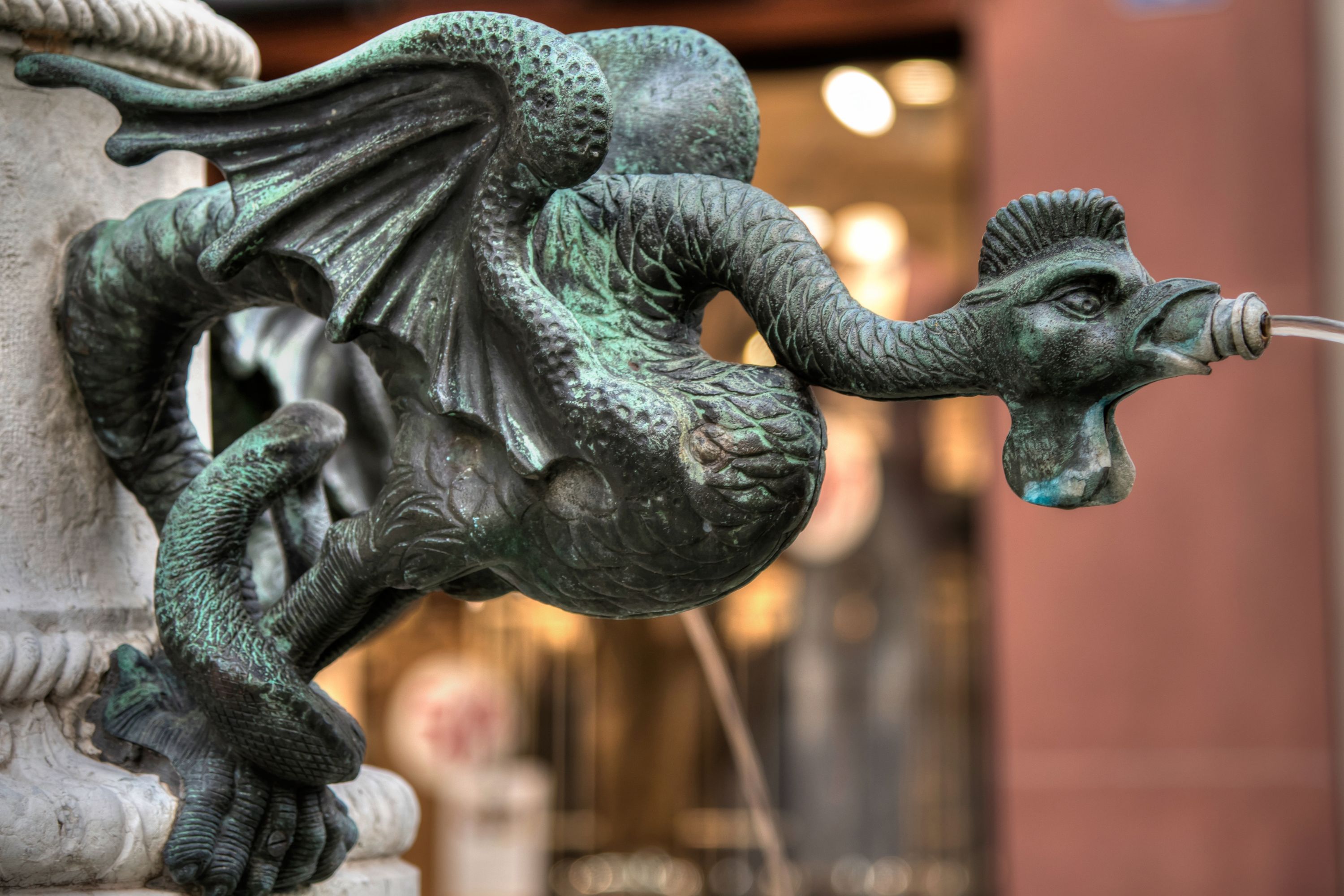In Ancient European Folklore Lies The Legend Of The Basilisk, A Monster That’s Said To Strike Its Victims Dead With Just One Look

Originating in European folklore, the basilisk is a fearsome monster that can strike its victims dead with just one look.
The legend of the basilisk dates back to ancient times and has been referenced in Greek and Roman literature. Since then, it has appeared in several stories throughout history and even shows up in popular culture today.
The earliest known mention of the basilisk comes from Pliny the Elder in Natural History, an encyclopedic work that he published in 79 C.E.
He described it as a small, serpent-like creature about “twelve fingers in length.” It had the ability to kill by sight alone, but its deadly powers didn’t stop there. Pliny claimed that the basilisk could wreak havoc on the surrounding landscape just by its mere presence.
“It destroys all shrubs, not only by its contact, but those even that it has breathed upon; it burns up all the grass, too, and breaks the stones, so tremendous is its noxious influence. It was formerly a general belief that if a man on horseback killed one of these animals with a spear, the poison would run up the weapon and kill not only the rider but the horse as well,” Pliny wrote.
The Romans believed that basilisks transformed the once-lush Sahara into desert. The basilisk had just one weakness, which happened to be a weasel. When a weasel is thrown into the hole of a basilisk, the animal’s odor kills the serpent. However, the weasel also dies in the process.
Medieval interpretations of the monster differ slightly. During the Middle Ages, the legend of the basilisk evolved.
It was depicted as a hybrid creature called the cockatrice, part snake and part rooster. It also had a whole new set of powers. The cockatrice was thought to be born from a rooster’s egg and incubated by a serpent.
At that time, the basilisk’s toxic odor was blamed for starting a plague in Rome and spreading a fainting sickness around Vienna. Across Europe, people slaughtered roosters that were found laying eggs.
S J Lievano – stock.adobe.com – illustrative purposes only
Sign up for Chip Chick’s newsletter and get stories like this delivered to your inbox.
Today, experts speculate that the roosters were actually hens with unbalanced hormones, resulting in them having male traits.
In 1587, the basilisk terrorized a town called Warsaw. It lived in a crumbling castle and emerged from the ruins at night to steal livestock, demolish buildings, and turn its victims to stone.
When a tailor named Jan Ślazak was falsely accused of murder, one of the townspeople who had lost a child to the basilisk suggested that he could clear his name if he could put an end to the basilisk. So, Ślazak brought a mirror to the castle. When the beast saw itself in the reflection, it turned to stone.
Another version of the legend involved two young girls who had disappeared under mysterious circumstances.
Eventually, their bodies were discovered in an old house. Locals realized the girls were killed by a basilisk. A man named Johann Faurer was sent to kill the monster. He covered his body with mirrors and forced the serpent into the sunlight.
Luckily, the basilisk only lives in legend. It has continued to remain a symbol of lethal danger and highlights human beings’ capacity to overcome evil.
Welcome to Billionaire Club Co LLC, your gateway to a brand-new social media experience! Sign up today and dive into over 10,000 fresh daily articles and videos curated just for your enjoyment. Enjoy the ad free experience, unlimited content interactions, and get that coveted blue check verification—all for just $1 a month!
Account Frozen
Your account is frozen. You can still view content but cannot interact with it.
Please go to your settings to update your account status.
Open Profile Settings